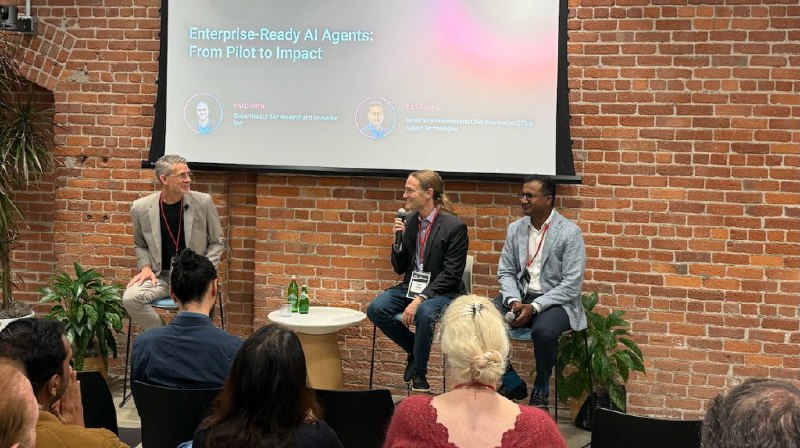Mastering Multi-Agent AI: Governance Insights from SAP’s Yaad Oren
VB AI Impact Series: Can You Really Govern Multi-Agent AI?
As artificial intelligence progresses, the concept of multi-agent systems—where multiple AI agents interact and collaborate to achieve goals—presents both opportunities and challenges. In a future dominated by these technologies, how will organizations ensure effective governance and compliance while harnessing the benefits? This article explores hypothetical scenarios to examine potential futures and strategies for successful implementation.
The Future of Multi-Agent AI Governance
Imagine a landscape where multi-agent AI systems optimize everything from supply chains to customer relations. In this world, autonomous agents make real-time decisions, negotiating with each other and adapting to new information rapidly.
- Scenario 1: Smart Supply Chains – AI agents autonomously manage supply chain logistics, negotiating prices, and optimizing routes without human intervention. However, how do businesses ensure compliance with labor laws and environmental regulations?
- Scenario 2: Personalized Customer Interaction – Agents gather customer data and engage with clients across various platforms. What frameworks will be in place to protect consumer privacy and data security?
- Scenario 3: Collaborative Decision Making – AI agents from different companies collaborate to solve industry-wide challenges. How can organizations navigate competitive regulations and trade secrets?
Balancing Progress with Regulations
The deployment of multi-agent AI systems raises questions: Can we thrive within the boundaries of cost, latency, and compliance? It’s crucial for businesses to strategize aligning AI technology with governance frameworks.
- Setting Clear Guidelines – Establish a governance framework that specifies how AI agents should operate. This can include thresholds for decision-making authority and compliance requirements.
- Implementing Monitoring Tools – Deploy monitoring solutions that continually assess the actions of AI agents against compliance standards. This proactive approach identifies issues before they escalate.
- Creating Cross-Agency Collaboration – Form partnerships across industries to develop shared standards for multi-agent governance. This collaborative effort can enhance compliance and innovation.
Hypothetical Outcomes and ROI
Benefit realization from multi-agent AI can be significant:
- Increased Efficiency – With autonomous AI managing tasks, companies can lower operational costs by up to 30%.
- Improved Customer Satisfaction – Personalized interactions can enhance customer loyalty, potentially increasing revenue streams by 20%.
- Innovation Acceleration – Collaborative problem-solving can lead to breakthroughs in product development, providing a competitive edge.
Next Steps for Businesses
To capitalize on these benefits, businesses should:
- Invest in Training – Equip teams with the necessary skills and knowledge to manage and govern AI effectively.
- Prototype AI Solutions – Start small with pilot projects to test governance frameworks in real-world scenarios before scaling up.
- Engage Stakeholders – Involve all stakeholders, including legal, IT, and business units, in shaping the governance approach to ensure comprehensive coverage.
In Summary
As we venture into a future with multi-agent AI, organizations that proactively develop governance frameworks will navigate compliance challenges successfully. Businesses can achieve significant efficiencies, improved customer experiences, and foster innovation by embracing multi-agent systems responsibly.
Are you ready to explore the potential of multi-agent AI in your business? Schedule a consultation with our team today!


